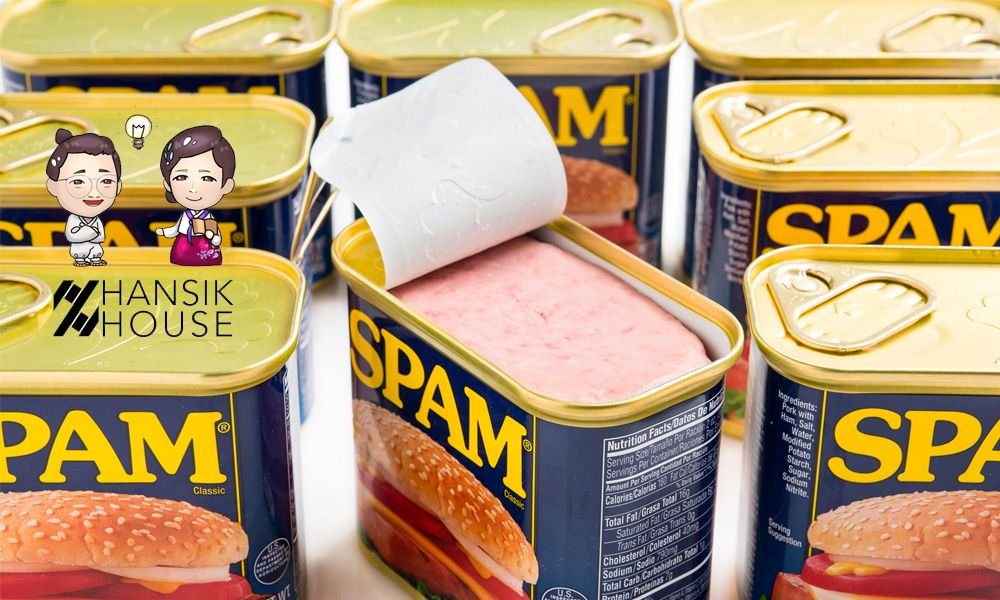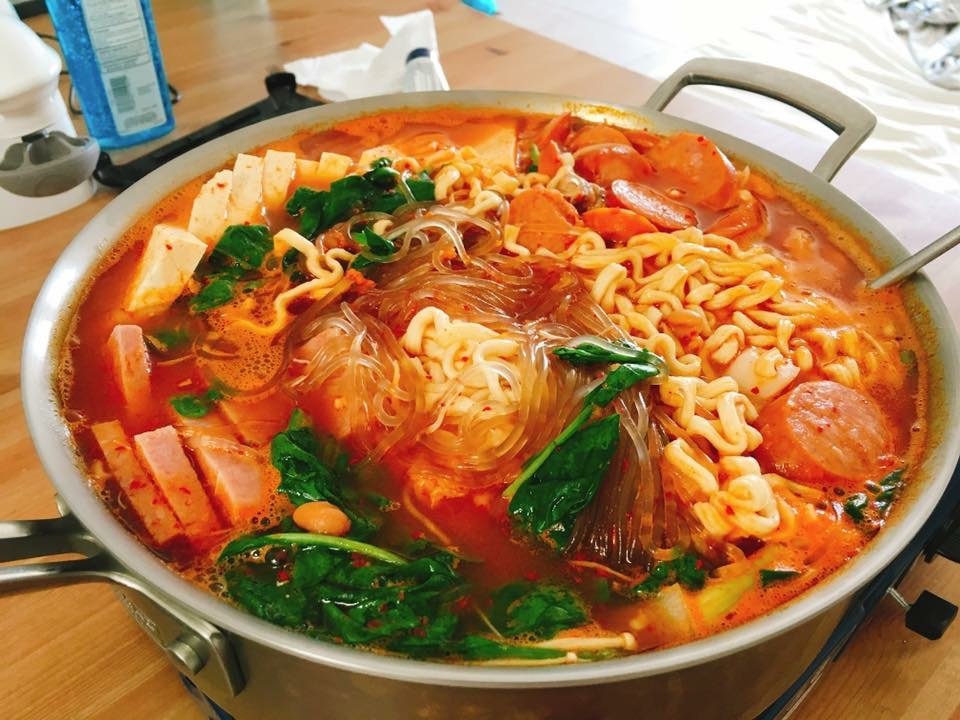
From Need to Cuisine
I’m spending a bit of time in Hawaii this week with the wife on our delayed honeymoon and as I’m writing this on the plane ride there, the thing that is most capturing my attention for the outlying US state is…. You guessed it: Spam.

Source: @kktcranz
I’ve always heard tales of Hawaii’s love of Spam and some quick googling affirmed my assumptions that I had gleaned from the media. The population of Hawaii consumes about 7 million cans of Spam per year, more than any other State and probably more than most combined. The average person goes through 16 per year (16!!!!), way more than my measly 3 or 4.
Is it…meat?
I’ve always been surprise by the general lack of knowledge or embrace of Spam in America. I, as a Korean (and I’ll go into why this is) grew up eating Spam as it is part of our cuisine, but I knew that it was American by origin.
Unfortunately, the food type is not nearly as mysterious or nefarious as many make it out to be. It’s ground pork, mixed in preservatives, sodium, and nitrate to be able to last long without refrigeration.
I didn’t know this until doing a bit of back-reading for this post but the technical term for “spam” emails actually comes from the Monty Python sketch about the food! It was then popularized as the unsolicited and excessive sending of e-mails or any other type of media.
Cultural Integration in Korea
Spam in Korea has a simple yet crucial past. During the Korean War when the US came to South Korea’s aid, Spam was one of the food stapes shipped in masses to feed the population under duress. As such, we still embrace the unique food as par of daily Korean consumption and continue to import the product half a century after the world conflict.

Source: Maangchi
부대찌게 // “BuDehJjigae” is most direct product of this food. During the war, Korean women would stew up traditional Kimchi-Jjigae which typically does not contain much or any meat at all. To satisfy American eating habits, US soldiers added Spam to broth and is still consumed endearingly as Budehjjigae, “BuDeh” meaning “base.” Stew of the base. The dish has gone through a number of evolutions since then, adding ramen noodles and a rice cakes. Koreans still eat it in a communal way, cooked at the table in a giant pot to be shared by a few or several people.

Source: NPR
Spam makes its way in other mealtimes as well. Spam and eggs are a delicious morning option and cooked spam with potatoes is a popular bar dish. It’s tasty, perfectly oily for alcohol, and fairly inexpensive.
Hunting in Hawaii
Hawaii’s love of the spiced canned meat is almost identical to that of Korea’s cultural absorption. During World War 2, G.I.s would transport the highly caloric and easily preserved food in mass quantities for themselves and the local population.
With the incredible numbers of Koreans living in California and New York, who would have thought that Hawaii actually has such a historic link in cuisine. I feel a bit more empowered, knowing that what I enjoy putting in my belly is in fact actual food and has such a vibrant past.



